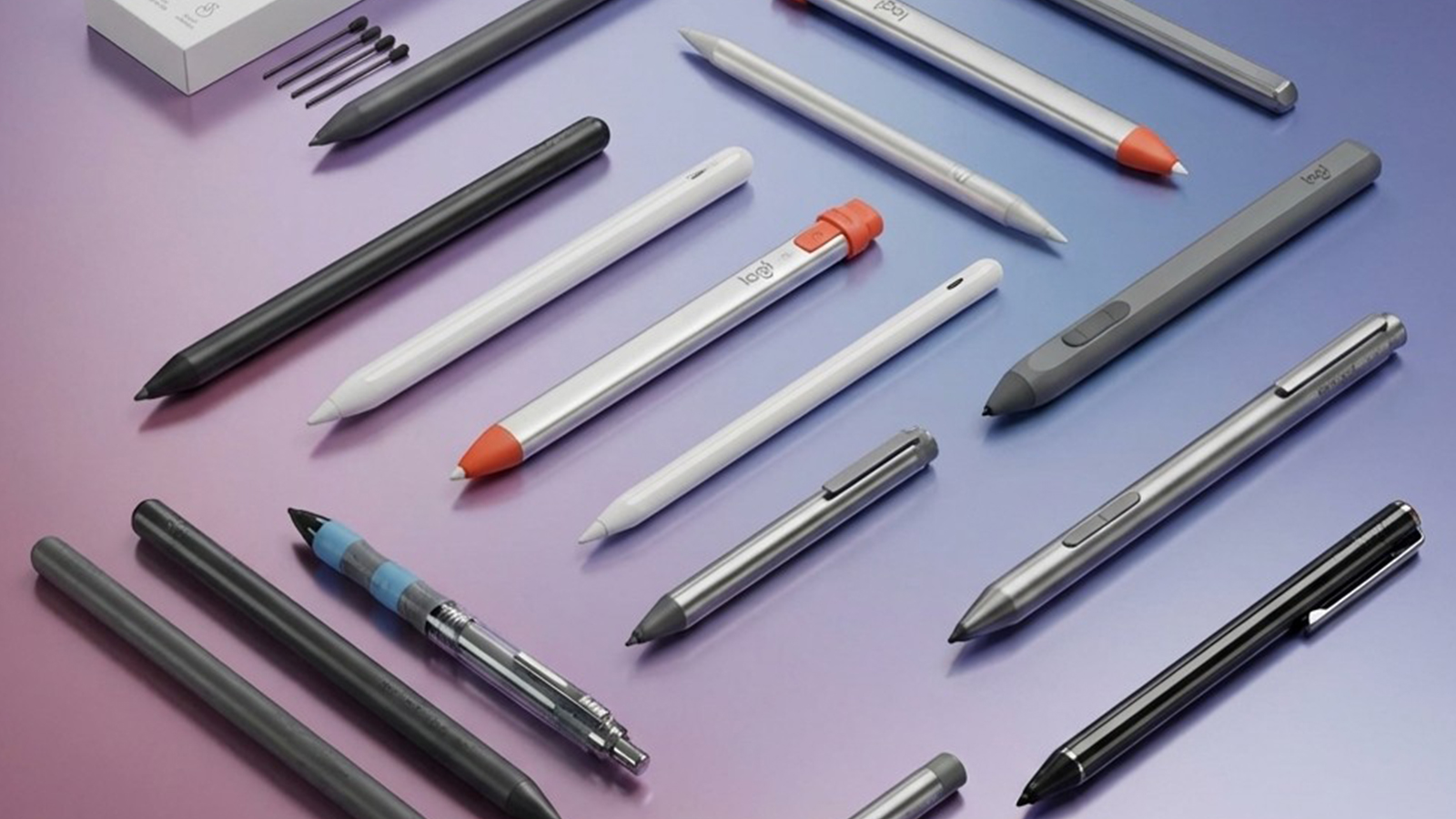Paul Boag on relentless creativity
After nearly two decades at the web’s coalface, Paul Boag’s creative fervour remains undimmed. Martin Cooper tries to keep up with the Headscape co-founder as he chats ideas, motivations and the importance of keeping it simple
This article first appeared in issue 238 of .net magazine – the world's best-selling magazine for web designers and developers.
This article first appeared in issue 238 of .net magazine – the world's best-selling magazine for web designers and developers.
We’ve got to start somewhere, so let’s introduce the concrete facts. Paul Boag is director at the web agency Headscape. The firm offers design, development, mobile and strategic consultancy from its office in rural Hampshire. Clients include the likes of Nestl, as well as universities and government agencies. Boag’s a speaker, travelling the world and talking publicly at conferences about web strategy. He’s an author and a prolific podcaster, running his own weekly show Boag claims not to like the writing associated with blogging – but does like talking. A lot.
These are the elements we can be sure of. The rest, based on a day spent with Boag in his quiet Blandford home office, is harder to pin down. That’s because talking with him – or sitting by him as he talks – is like being caught in a monsoon of ideas.
So where does his relentless creativity come from? “I collect things; I write things down and I have a list of anything that pops into my head,” Boag says. “From a design and creative point of view you’re bombarded with ideas – it’s [having] the ability to spot them. You can just look around your surroundings: a great example is this .net award that sits on my desk.” We suggest Boag might have put it on his desk when he knew we were coming. “No. No. No. Do you know why? Because there was a Doctor Who episode recently that had black squares; blocks … it looks just like that. And so I got it back out again. My Mac, my wallet … all of these things can inspire design. It’s just a matter of opening your eyes and seeing what’s around you.
“Everything goes into Evernote,” he continues. “If I’m out and about and I see a bit of architecture, I snap a photograph on my phone – I’ve got an inspiration library in there. If I see a website, it’s got a little web clipper so I can clip out an element.”
Lessons learned
Boag was inspired to become a designer by a schoolteacher. He explains he’s always loved art but – disarmingly – reveals he wasn’t very good at it. He can’t draw. “Being a designer kind of makes sense from what my dad does,” he explains, filling out his story. “He’s a wildlife photographer. It’s the same thing. It’s about seeing things. Seeing the composition, seeing the layout, seeing the white space. All of those things are very similar skill sets.”
“There’s a big difference between design and art,” Boag goes on. “Art is about self-expression. Design is constrained; it’s about a means to an end. Design works within a brief. It’s not about indulging yourself, and this is something young designers miss. I see a lot of ego in design; people are more interested in impressing their peers with some new fancy technique than they are in fulfilling the brief.”
The conversation darts back to Evernote and what Boag has snapped, clipped and kept as pieces of inspirational design. With his iPad out and hands waving, he pulls up a picture of the London Underground map. “This, in my view, epitomises great design. It takes something that’s incredibly complex, and it simplifies it and makes it incredibly understandable.” He mentions the far simpler original map, created by Henry Beck in the 1930s. “What’s really amazing is the design approach has expanded as the network grew in complexity: it was flexible to growing and changing.”
Expanding his point about flexibility and scalability in design, Boag asserts that it is “massively important. What we initially build is one thing, but what happens to it six or 12 months down the line is another: producing a design that can grow and evolve with the business, with new content and with changes on the web generally.”

Significantly Henry Beck wasn’t a designer; he was an engineering draughtsman, and Boag sees a lesson here. “As designers we often think we have the magic fairy dust; I hear people getting frustrated with clients. It’s this attitude that only a designer can come up with a good idea but clients do have good ideas. And we need to start listening to them.”
At this point his own ideas begin tumbling out. “Have you seen the Matrix films?” The first one was, in Boag’s view, OK, the second iffy and the final one – as most people can agree – awful. Out on the web though, following the release of the second movie, fans began creating their own ideas about how the trilogy would end. To underline his point that nobody has a monopoly on good design, Boag concludes that “the fans ideas were far superior to the filmmakers’.”
Moving back to his scrapbook of ideas, Boag pulls up a Coca Cola advert on his iPad. “What’s incredible about Coke is the consistency and breadth of its implementation. You’ll have trouble going somewhere on this planet where you won’t see the logo. They have consistently applied their brand identity across everything. The [logo] has stood the test of time: I love that. As web designers we’re terrible for jumping on the latest bandwagon. There was the Web 2.0 look, now everything has gone very iOS – we’re fashion junkies.”
Next up from Boag’s Evernote brain dump in the cloud comes Lego. “I think it’s genius. Good design should empower people and that’s what Lego does. In half an hour it lets you create something and you feel great. And that’s what good design should do: it should make you feel good.”
Building higher
Having moved beyond core Lego-building age and left school, Boag studied art, media and design because “the internet didn’t exist, so I couldn’t study that”. At the end of his first year he saw an IBM ad for a student to work in its new multimedia division. He got the job and worked on the firm’s debut multimedia PC, the Aptiva. “Towards the end of my time there, our tiny department started getting requests for this thing called the internet. That was 1994. Building web pages was shit at the time: grey background; the <img> tag had just been invented, but you had to wait half an hour for something to load. Who do you give that uncreative crap to? You give it to the student. I got quite excited about it. My final university piece was about video on demand – I was a complete fortune-teller. It was about watching news when you wanted it. Basically I invented the BBC iPlayer back in 1995.”
After graduation, Boag went back to IBM and spent three years there. But he realised he wasn’t “cut out for life in an American corporation”. From there he rode the first dotcom bubble, boom to bust – reputedly $26million passed through his firm’s coffers. From the ashes came a digital agency and from it, indirectly, Headscape was seeded.

So what drives the man; what gets him out of bed? “It’s the people – helping people. I joke about being a miserable sod, and I don’t like people, but actually I love teaching. I love inspiring people and equipping them to do more on the web.”
As we talk, a pronounced pattern in Boag’s patter becomes apparent: he enthuses about a topic, demonstrates his prowess and then knocks himself down with a swipe of self-deprecation. True to form, though, he’s switched on to this observation. It’s not news to him.
“There are some people like […] do not write [his name] in the article as I don’t want him to hear this! He is one of life’s geniuses; his leadership style is: this is the way it shall be. And, 99 per cent of the time he’s right. He says little, but it’s spot on. I, on the other hand, have a somewhat scattergun approach. I produce a lot of ideas. My hit rate is lower. I tend to lead from below.”
So, we know what motivates Paul Boag and how he operates, but it’s by probing his fears that the most illuminating view on our industry emerges. “I’m afraid that one day somebody is going to turn round and say: ‘So, this is all bullshit, isn’t it?’.” He goes on to explain how surreal he finds his life as, for want of a better expression, a web celebrity. Boardrooms of men in suits listen to him and he expounds his ideas on stages around the world. “I’m worried somebody will turn around to me and say: ‘You make all this up as you go along’.”
Why the worry? “I think the problem is [that] the web is such a young medium compared to print design or journalism. It hasn’t been around for long, and to make matters worse it changes so quickly. So all these supposed experts, who stand up on stage and go into boardrooms, we’re all making it up as we’re going along because there’s no precedent. We’re all struggling with responsive design. We’re just postulating ideas really.”
Our capacity to record anything else Boag has to say exhausted, we can’t help craving some kind of summary. Then the essence of the man shows itself, as he talks about his son playing with, once again, Lego. “I can look at [him] and know exactly what’s going on in his head,” he reflects. “There’s something magical about how kids view the world.” That’s how Boag seems to view the web: as a magical place. And who can argue with that?
Daily design news, reviews, how-tos and more, as picked by the editors.
Discover 30 amazing pieces of Lego art at our sister site, Creative Bloq.

The Creative Bloq team is made up of a group of art and design enthusiasts, and has changed and evolved since Creative Bloq began back in 2012. The current website team consists of eight full-time members of staff: Editor Georgia Coggan, Deputy Editor Rosie Hilder, Ecommerce Editor Beren Neale, Senior News Editor Daniel Piper, Editor, Digital Art and 3D Ian Dean, Tech Reviews Editor Erlingur Einarsson, Ecommerce Writer Beth Nicholls and Staff Writer Natalie Fear, as well as a roster of freelancers from around the world. The ImagineFX magazine team also pitch in, ensuring that content from leading digital art publication ImagineFX is represented on Creative Bloq.
